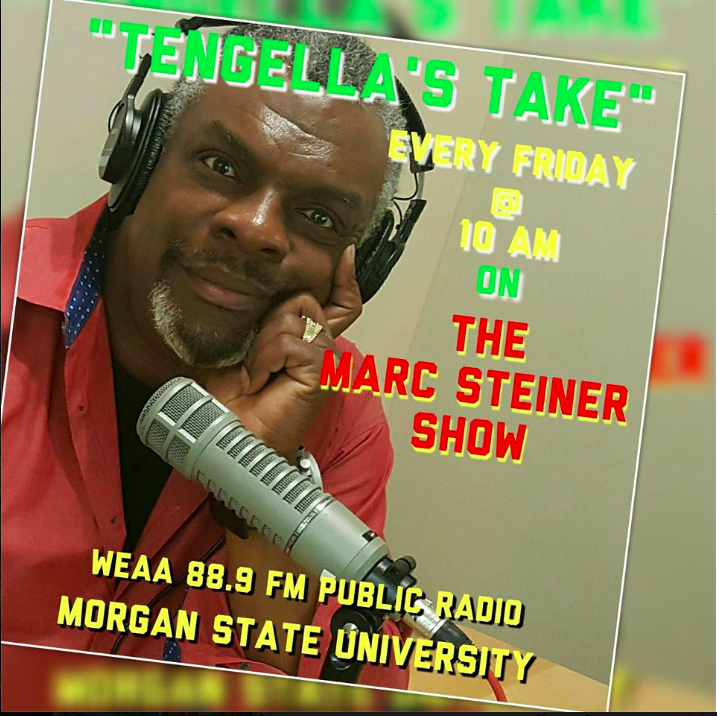
Marc has said for years that the best way to address drug and gang related violence in Baltimore is to get ex-offenders, those wise men who have been there and come back to tell the tale, to work in outreach with troubled communities. But there has always seemed to be an institutional and government aversion towards giving money to people who have been in prison. Maybe things just had to get really, really, really bad before that changed.In 2000, Chicago implemented a program that was developed at the University of Illnois School of Public Health in Chicago. This program began in West Garfield Park neighborhood of Chicago. Police Beat 1115 was chosen as the first CeaseFirezone in large part because of the high number of shootings. The idea was to send ex-offenders, faith leader, and other community members into those neighborhoods to offer conflict resolution, help kids get out of gangs, and whatever else it took to save a neighborhood. In the first year of CeaseFire, shootings in beat 1115 dropped by 67%. In the past few years, CeaseFire has seen continuing success, which you can read about here.
Last year, Mayor Sheila Dixon and the Baltimore City Health Department brought Operation Safe Streets to Baltimore. It is a program based on CeaseFire, and we’re hearing that the pilot neighborhood has seen a tremendous drop in homicides and shootings. Today at one, we’ll talk with people from that community to learn more.
Join us….
-Jessica


